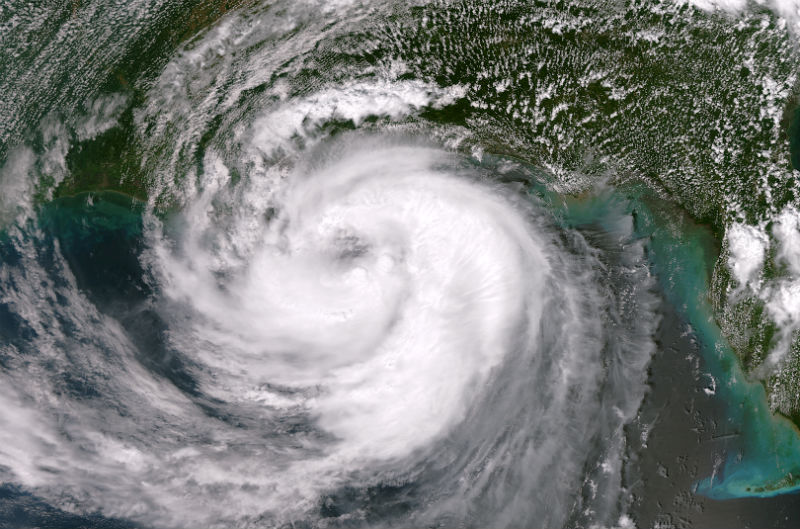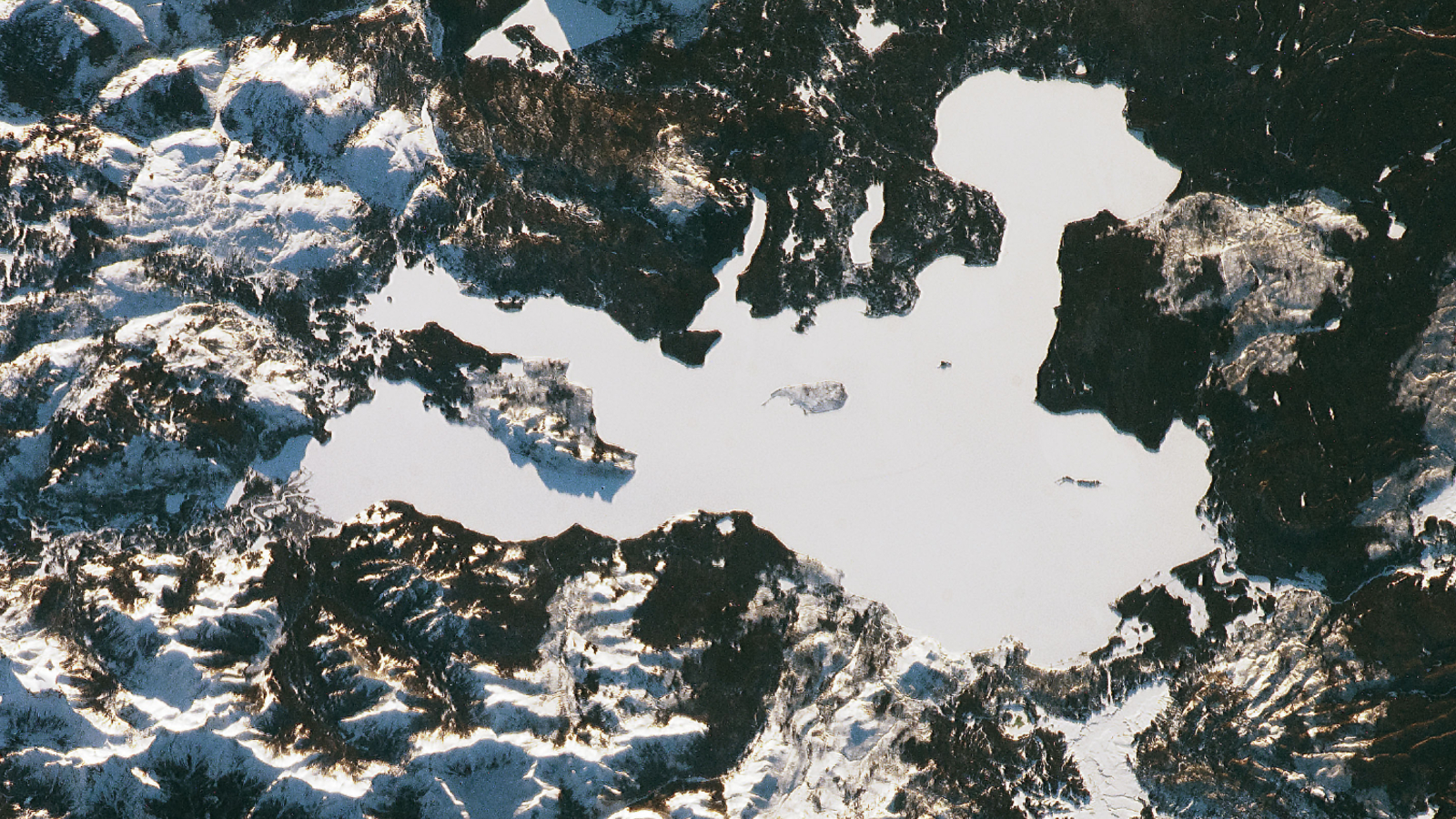Isaac Churned Up Tar from Gulf Spill, BP Confirms

Tar turning up along the Gulf Coast in the wake of Hurricane Isaac has been traced to the 2010 Deepwater Horizon oil spill, BP confirmed.
Mike Utsler, head of BP's Gulf Coast Restoration Organization, said that oil had been found "buried in isolated stretches of shoreline" during cleaning before the storm hit. Isaac, which made landfall in Louisiana late last month, churned up some of that mess.
"In July 2010, early in the cleanup, Tropical Storm Bonnie pushed tons of sand toward the shore, burying some of the oil we were working to clean up," Utsler said in a statement Tuesday (Sept. 11). "Now, two years later, Hurricane Isaac has moved sand again and uncovered some buried tar mats."
Utsler also said the storm's aftermath provides an opportunity to for "deep cleaning" at beaches where sand might be holding onto oil from the devastating spill. In its previous cleanup efforts, the company dug as much as 5 feet (1.5 meters) down into the sand at "amenity beaches" (tourist beaches) to get rid of residual oil. [Deepwater Horizon: Images of an Impact]
Since then, there have been no reports of tar mats exposed at these areas, BP said. But such aggressive digging at other beaches could cause more environmental harm than good, as removing sand may contribute to erosion. However, after Isaac, BP is seeking permission from local officials to deep clean some areas in Louisiana where digging out tar below a depth of 18 inches (46 centimeters) was previously prohibited.
"It is our belief that Isaac has now changed the dynamics by removing sand that covered those tar mats," Utsler said in the statement. "We now have the ability to go in and clean without the same degree of environmental impact."
The hurricane and its churn-up of oil have had other effects as well. For instance, just after Isaac moved through, the Department of Wildlife and Fisheries said officials found three live oil-drenched birds (two brown pelicans and one black vulture) and four dead ones (one black vulture, one brown pelican, one clapper rail and one common moorhen) on an abandoned platform near Myrtle Grove in Plaquemines Parish.
Get the world’s most fascinating discoveries delivered straight to your inbox.
Hurricane Isaac also washed tens of thousands of dead "swamp rats" onto Gulf shores. The beaverlike invasive species known as nutria can wreak havoc on native wetland vegetation, so the drownings actually may be a blessing, albeit a messy one.
Follow LiveScience on Twitter @livescience. We're also on Facebook & Google+.



